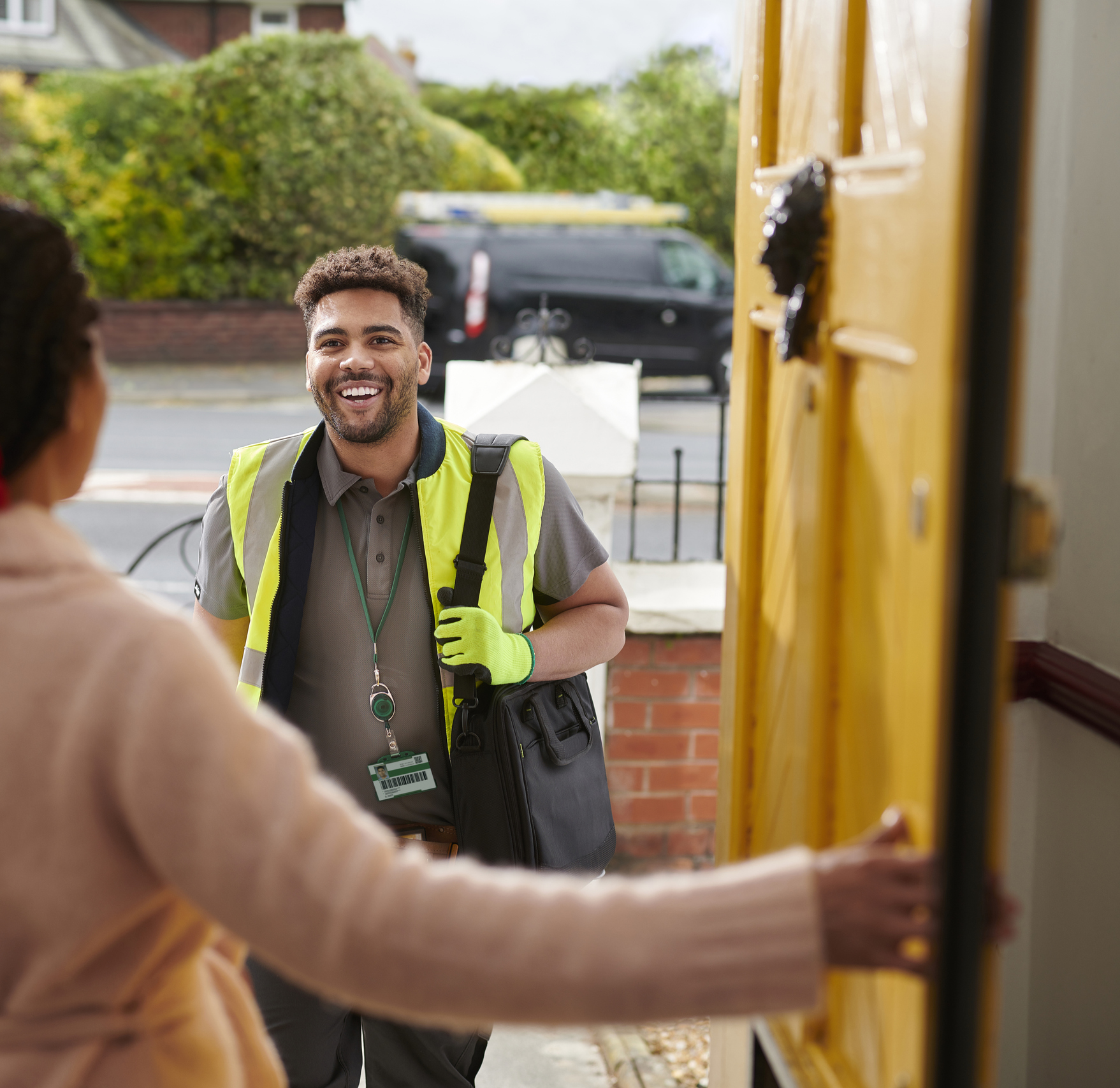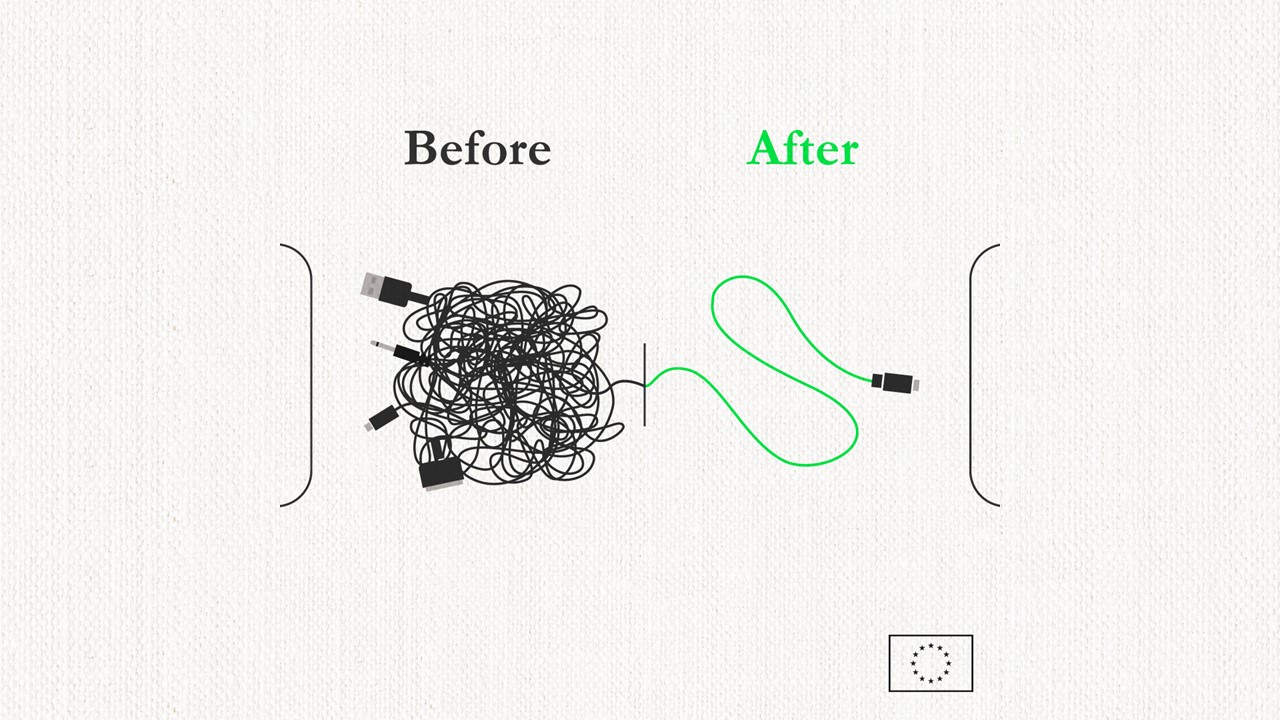
Roaming in the EU
Mobile phone users across the EU benefit from ‘roam like at home’. This means that you can use your mobile service just like you would at home when travelling in the EU (as well as Iceland, Liechtenstein, and Norway).
When travelling in the EU you should:
- be informed about charges and any fair use data limit that may apply;
- be informed about services that may incur additional costs when calling from abroad, such as customer service numbers or helpdesks;
- be notified when you reach a fair use limit;
- be made aware of additional charges for using roaming services on so-called non terrestrial networks such as satellite networks available on airplanes or boats;
- get a reminder message of the 112 emergency service and options available to you;
- get spend alert notifications when you reach data roaming limits;
- be able to use mobile services in the same way as at home, where technically feasible.
We have advice and information on using your mobile in the EU, which includes outlining which EU country allows ‘roam like at home’ and the limits on how much you can be charged when roaming in the EU.
When you travel in the EU, you can test the quality of your network with netBravo, a tool developed by the European Commission. You can download the app on Apple and Android.
Roaming outside the EU
The cost of roaming outside the EU differs from country to country and can be notably higher compared to roaming in the EU.
If you plan to travel beyond the EU, we advise you to contact your service provider before your trip and check the roaming charges in your destination country. Your provider may have discounted roaming rates or alternative roaming tariffs available.
We have advice and information on using your mobile outside the EU. This includes information on the alerts you should receive when roaming outside the EU and ways to control your roaming costs, including on a ferry or a plane, where you might inadvertently roam.






